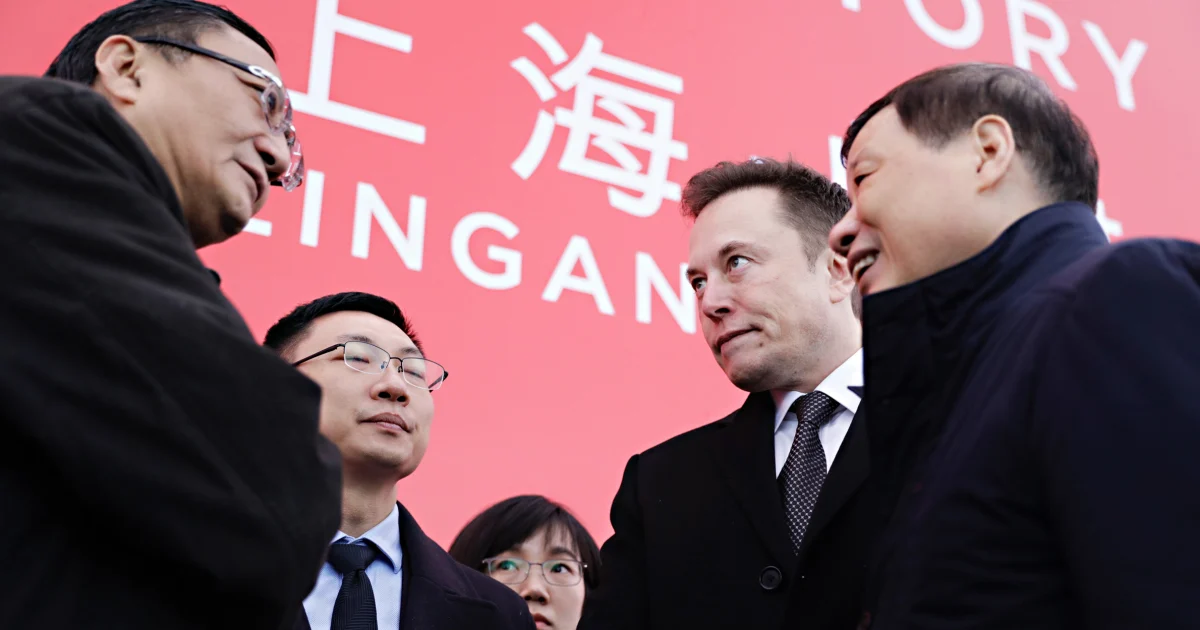China has embarked on a colossal project to rival Elon Musk’s SpaceX satellite internet service, potentially reshaping the landscape of global connectivity and satellite technology. With SpaceX operating about 7,000 Starlink satellites that provide internet access to over 5 million customers in more than 100 countries, its promise of high-speed internet to remote and underserved regions has revolutionized global communication. But China is now positioning itself as a formidable competitor.
SpaceX plans to expand its mega constellation to 42,000 satellites in the coming years. In response, China’s ambitious initiative aims to launch approximately 38,000 satellites through three major low Earth orbit internet projects: Qianfan, Guo Wang, and Honghu-3. This massive endeavor highlights China’s determination to challenge Starlink’s dominance.
Experts believe China’s motivations extend beyond technology and economics. Steve Feldstein, a senior fellow at the Carnegie Endowment for International Peace, argues that Starlink’s ability to provide uncensored internet access poses a significant threat to China’s strict censorship policies. “China views Starlink as a potential disruptor that can deliver uncensored content to its citizens and allies. This jeopardizes its control over information and could undermine its influence,” Feldstein explained.
Blaine Cursio, founder of Orbital Gateway Consulting, adds that China’s satellite network is also strategically positioned to secure a foothold in regions where Starlink may have limited presence. “While Chinese satellites may not dominate markets in Western countries, they could play a pivotal role in areas like Africa and parts of Asia where China already has significant influence,” Cursio said.
Huawei’s existing infrastructure in Africa further strengthens China’s position. Currently, 70% of Africa’s 4G infrastructure is built by Huawei, creating an ecosystem where China’s satellite project can seamlessly integrate. Juliana Suess from Germany’s Institute for International and Security Affairs emphasizes this advantage, stating, “China’s satellite initiative could deepen its technological footprint in regions like Africa, where connectivity is still a major challenge.”
Beyond civilian applications, the military implications of satellite networks cannot be ignored. Feldstein points to the role of Starlink in Ukraine, where satellite-based internet has enabled connected warfare and advanced drone operations. “China recognizes the strategic importance of satellite-based weaponry and views this investment as critical to its national security goals,” he noted.
This race to dominate space-based internet is more than a technological competition; it’s a battle for influence, security, and global reach. While Starlink continues to expand its user base in remote areas, China’s counter-efforts signal a long-term strategy to reshape the digital and geopolitical map.
The coming years will determine how this rivalry unfolds and whether China’s mega satellite project will succeed in challenging SpaceX’s dominance. One thing is certain: the competition is heating up, and the implications will be felt worldwide.




